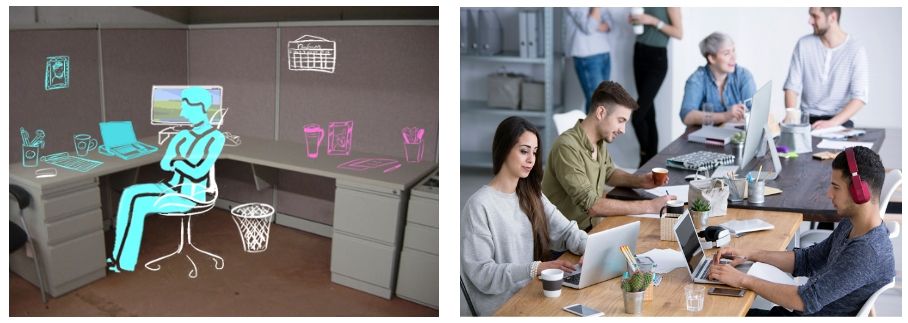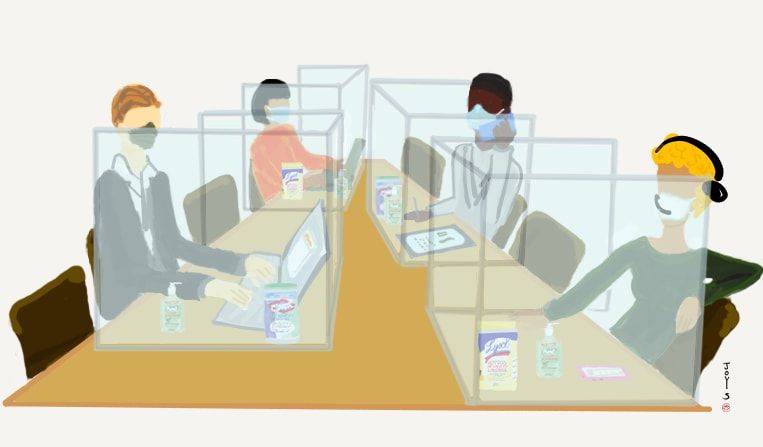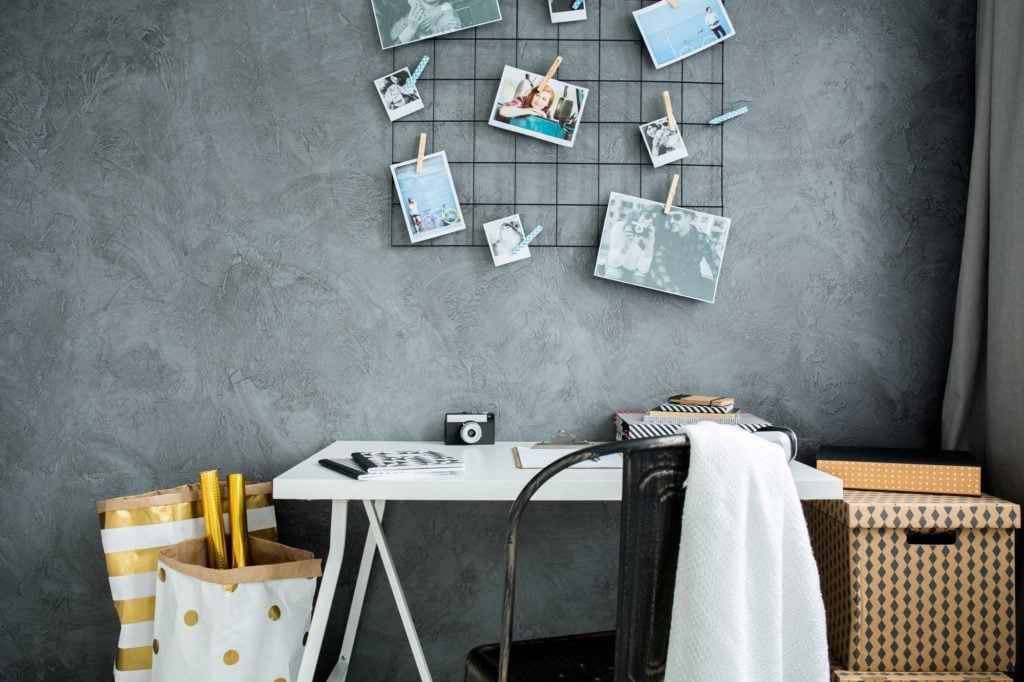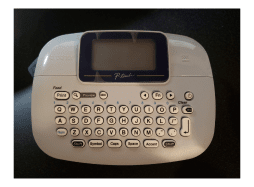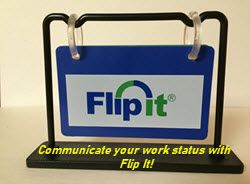How does a cubicle vs open office compare and which one is better for you? This article will give you the pros and cons of cubicles and open offices and a full comparison of the two. It will also touch on which one is better for you based on your personality.
Anything that’s been written related to the cubicle vs open office working environments prior to the pandemic should be taken with a grain of salt.
That’s simply because the pandemic drastically changed the landscape of office architecture. The open office vs cubicle debate now has a whole new wrinkle. The pandemic simply had that much of an effect.
Cubicle vs Open Office – A Detailed Analysis
For those of us who work in a bricks and mortar office setting, there are varying opinions on cubicles vs open plan office layout. I happen to have worked mainly in a work cubicle environment. I happen to love my cubicle because it allows me to focus and I also have my own walls which I can decorate to match my personality.
In this article I’m going to delve into a comparison of the cubicle vs open office environments and some of the varying opinions and research out there which support or refute each working scenario. Also, I’ll look at what may be the best option based on your work habits or your personality.
Ya know, it’s funny. At one point in my career when comparing office cubicles vs private offices I would’ve jumped at the chance of working in a private office. That was until I became a manager for the first time and with that responsibility came a very nice private office.
To be honest, I didn’t appreciate having to be responsible for other people working for me. So, I’ve been really happy as an individual contributor since then and I’ll take my cubicle any day.
The main difference between a cubicle and an open office is that a cubicle is a distinct and separate work area defined by walls and an entrance/exit whereas an open office is essentially a large table or set of adjoining tables with office chairs with no distinct working space per employee.
The Differences – Open Office vs Cubicle Comparison Chart
| Criteria | Cubicle | Open Office |
|---|---|---|
| Privacy | Walls provide a level of privacy and isolation from coworkers. | Privacy is essentially non-existent. |
| Collaboration | Collaborate inside cubicle with one or two workers or leave the cubicle. | Collaboration is perceived to be easier but is it more prevalent? (this topic is address in the remainder of this article) |
| Focus | A cubicle will tend to lead to a higher level of focus on task at hand. | More difficult to focus within an open office environment. Noise-cancelling headphones or other office noise solutions may be needed to block out the exterior noises. |
| Storage | A cubicle actually has storage areas such as an overhead bin and desk drawers within the cubicle itself. Many office cubicle storage accessories are also readily available. | An open office consisting of only a large table or adjoining tables does not provide employee storage capabilities. Any storage areas tend to be more remote with an open office. |
| Organization | Cubicle organization can easily be implemented in an actual workspace with walls. | Organizational accessories are more difficult to incorporate without a distinct working area. An inclined file organizer on top of the desk would work but other accessories that attach to walls cannot be utilized. |
| Sense of Ownership | Due to the fact a cubicle is its own entity, a sense of ownership of the space is high. | An open office does not provide the employee their own working space so a sense of ownership of that space is relatively low. |
Cubicle Office Space Pros and Cons
Advantages of a Work Cubicle
- Private working area
- Ability to focus is higher
- Employee storage areas are available in the workspace
- Can utilize windowless office decorating ideas such as office lighting that simulates daylight to enhance the workspace
- Higher sense of ownership of the workspace
Disadvantages of Working in a Cubicle
- Employee may seem segregated from coworkers
- Cubicle is often considered by many as a depressing environment
- Very small working area in comparison to a separate office with a door
- Ability to collaborate with coworkers in the cubicle is limited
- Working in a cubicle may be frowned upon by others with an actual office with a door
Open Office Workspace Pros and Cons
Advantages of an Open Office
- Cheaper for a company to implement
- Collaboration is presumed to be higher in an open office
- Requires much less space to accommodate many employees
- An employee may seem less segregated from coworkers
- An open office may promote a higher level of comradery among employees
Disadvantages of an Open Office Environment
- Employees don’t have their own separate workspace with walls
- Employee may have a difficult time focusing on their work
- Basic employee storage capabilities may need to be remote
- Virtually no ability to decorate workspace
- Inability to attend a meeting without moving to a separate walled space
Is an Open Office Truly a Collaborative Work Space?
When the open office workspace emerged as a solution to companies with a limited amount of space and capital, there was never any concern about transmitting a virus, other than the common cold or flu, to a fellow coworker. That all changed with the pandemic.
But even before the advent of Covid-19 and its associated strains such as Omicron, there was some published research that disputed the assertion that an open office environment facilitated collaboration in the workspace.
In May of 2018 Ethan S. Bernstein of Harvard Business School and Stephen Turban of Harvard University worked jointly on an article entitled The Impact of the ‘Open’ Workspace on Human Collaboration. They conducted two separate field studies in which they looked at digital data from advanced wearable devices of employees who were transitioning to an open office working environment.
The studies were associated with the effect of open office environments on workers’ face-to-face, email, and IM (instant messaging) patterns.
The results of their research of both studies revealed that the level of face-to-face interaction decreased by approximately 70% and it also led to an increase in electronic interaction.
The conclusion of the studies indicated that instead of increasing more face-to-face interaction and collaboration with coworkers, moving to an open office architecture led to a response to withdraw from interacting verbally with coworkers and led more to electronic interaction.
So, the basic assumption that working in an open office environment will lead to more social interaction and collaboration, may just be a faulty premise.
The Post-Pandemic Open Office
It is fairly obvious that the pandemic will have a definite effect on the future of the open office. Not only will more workers be working remotely on a more regular basis but the closely-packed environment associated with the open office architecture may change significantly.
Paul Ferro, of San Francisco-based Form4 Architecture, feels that “Something approximating the cubicle will become normal in the open office” post-pandemic. He feels that desks will be surrounded by taller partitions to prevent the spread of droplets.
He also feels that the 120-degree desk may make a comeback into the workplace. A 120-degree desk is where there are three desks arranged in a circle separated by dividers.
It is possible that open office architecture as we know it today may eventually be back in favor as the effects of the pandemic dissipate. But at least, in the short-term, I think we can safely say that we’ll definitely see a drastic change in the open office workspace and how that configuration is manifested in the workplace.
The Post-Pandemic Office Cubicle
In the recent past cubicle walls have been getting lower and lower in an effort to facilitate collaboration between employees.
I’ve seen this in my place of employment in our customer service department where there is a need to speak freely to each other while on the phone with a customer.
Now with the effects of the pandemic the walls are now going back up in the form of cubicle sneeze guards.
These acrylic walls will easily attach to the bottom of the lower cubicle walls preventing the spread of droplets. They are made in varying sizes to match various cubicle configurations.
In my workplace I still work in a cubicle with high fabric walls. There has been no need to change this type of high-walled cubicle. In fact, there may be more demand for this type of workspace configuration going forward.
Which Option, Cubicle or Open Office, is Best for you?
Having worked in cubicles for the majority of my working career, I am a little bit biased when it comes to cubicles. I think there are at least two factors which affect which option is best for you – personality type and job description.
Personality Type
Are you an introvert? An introvert is a person who gains their energy from solitude and quiet. I happen to be an introvert. I think this is the main reason that I thrive within a work office cubicle. On the other hand, an extrovert gains energy in the company of others and through associating and communicating with others.
I think, as a result, an extrovert would probably thrive in an open office working environment. If it is actually true that collaboration is enhanced in an open office (and I have cited research that thwarts this assertion), an extrovert may be more suited for this environment.
Job Description
Do you write code for a living? Well I do and, for me, that requires that I have to be able to focus. A cubicle allows me the ability to focus on my job and I don’t think I could easily do my job in an open office workspace.
On the other hand, someone who works in a customer-service type job where there is constant communication needed between coworkers on the fly, this type of job description is more conducive to working in an open office environment.
Cubicle vs Open Office Summary
I hope you enjoyed this comparison guide on the cubicle vs open office working environments. As I have shown there are many different criteria that need to be taken into consideration when looking at the differences between the two different environments.
The open office vs cubicle argument will be a long-term one and the pandemic will definitely affect each of those working scenarios. I feel that an introvert type of personality is more conducive to a work cubicle environment and would probably prefer working in a cubicle.
On the other hand, an extrovert may be more compatible within an open office environment where interaction with coworkers is more available.
Another factor which must be considered is the nature of your job. If there is a need to focus with a heads-down approach a cubicle may be the best option for you.
If there is a need to regularly interact with your coworkers to actually perform your job duties, the open office working scenario may be the best option for you.
Bob has been blogging for over 20 years and has been an office and cubicle dweller for more than 35 years. He has been featured in numerous online publications such as US News and World Report, Bustle, and Work Awesome (you can read his articles here). He created the popular office website CubicleBliss in January 2011 and rebranded it as WorkspaceBliss in April 2020.
In the office he’s been an IT Manager, Applications Engineer, Systems Analyst, Software Project leader, and Programmer Analyst in his long career. He’s a Certified Microsoft Professional and possesses a Masters of Science degree and two Bachelor of Science degrees, one of those in Informational Technology.
During his career he has worked in the office full-time, as a hybrid remote worker, and has worked from home permanently.
